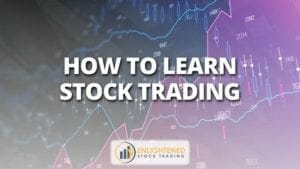Volatility is a big one. If you took the S&P 500 index and we’ve got decades of history, you compress that by about seven because the cycles are much quicker in crypto, and we go through bulls and bears like they’re going out of fashion. Thus, you take the S&P and compress it by a factor of seven so that the cycles happen more quickly. Then you take it and stretch it to make the cycles bigger by about five times, and then you’ve probably got crypto. The market is the same, but on speed, and that’s the first thing. The cycles are much bigger and much faster, which translates to the individual tokens’ volatility. Crypto now, particularly the smaller caps, are like penny stocks.
There are often not a lot of real fundamentals behind them. There’s a bit of the making of a business, but they’re not well established. There are certainly not the Apples and the Facebooks of the world. What that means is there’s a huge amount of uncertainty about their future value of them. A lot of that price is driven by the perception of what the value might be, so if someone hypes up and have a great story, the price might rocket up, but then it becomes clear that there’s nothing there, and it collapses. It’s like the wild west of stocks, compress the cycles, expand the amplitude and add the uncertainty; we don’t know which ones will succeed. There’s a lot of emotion, story, news and rumour driving it.
Now that what’s interesting is that it doesn’t mean you can’t make money. In fact, for the systematic trader, that’s fantastic news because, for an emotionally driven market, a systematic approach kills it. After all, what you’re doing is standing aside from the emotion and identifying the price patterns that the emotion is creating or profiting from. So when I take a set of rules and apply it to stocks, I might hope to get a 20-30% return per year, but if I take the same set of rules and tune it just a little bit for crypto, I could get hundreds of percent return per year because of these differences. One thing which is the same is there’s a lot of correlation within the market between tokens.
There’s a lot of correlation between stocks, so you don’t want to fool yourself that I’m hugely diversified because I’ve got five different tokens. If there’s a bear market, they’re all going down. If there’s a bull market, they’re all going up. So you need to trade, realizing that you’ve got a lot of correlation and what that means is instead of having one set of rules and 20 trades in that set of rules, that’s good, but it’s better to have several different sets of rules that are diversified from each other. So therefore, the rules give you diversification as much as the portfolio of holdings.









Share This
Share this post with your friends!